Mike Dupuis
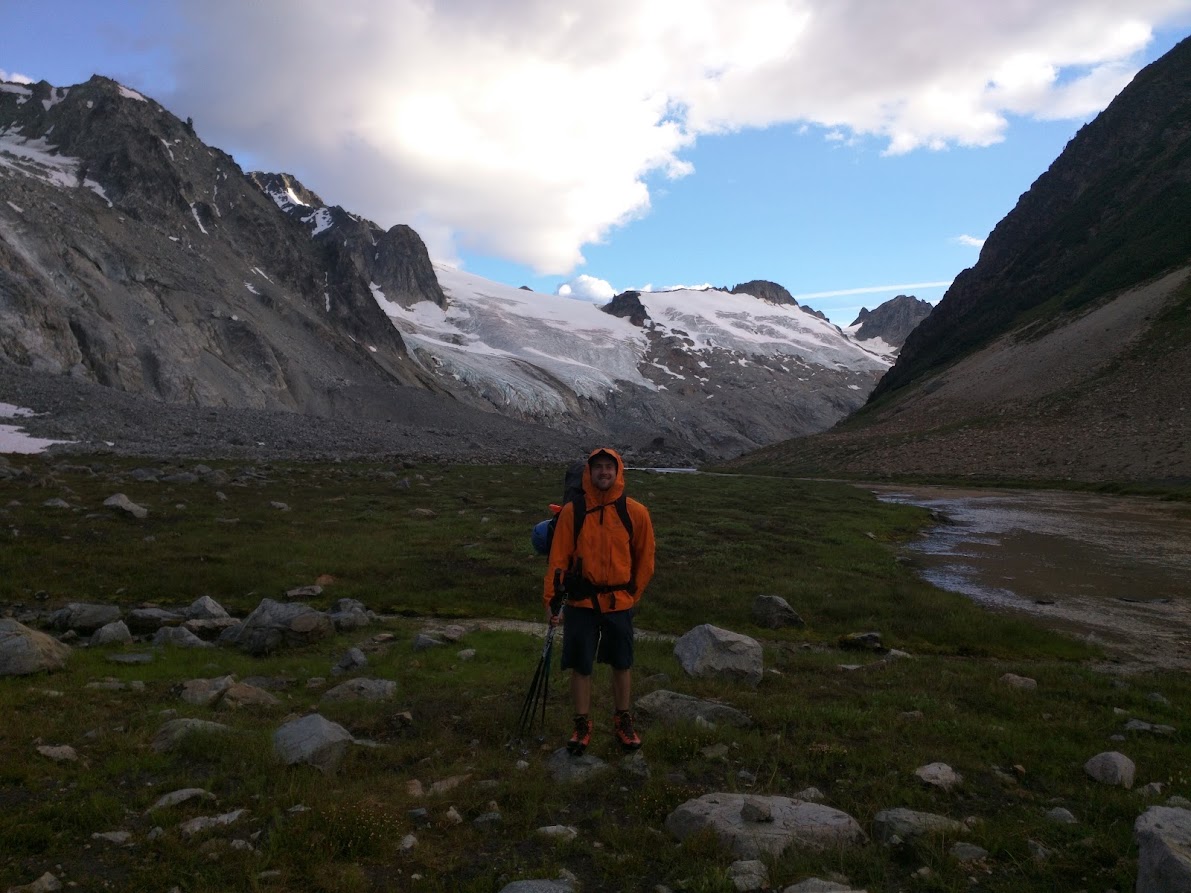
selected publications
- Machine Learning
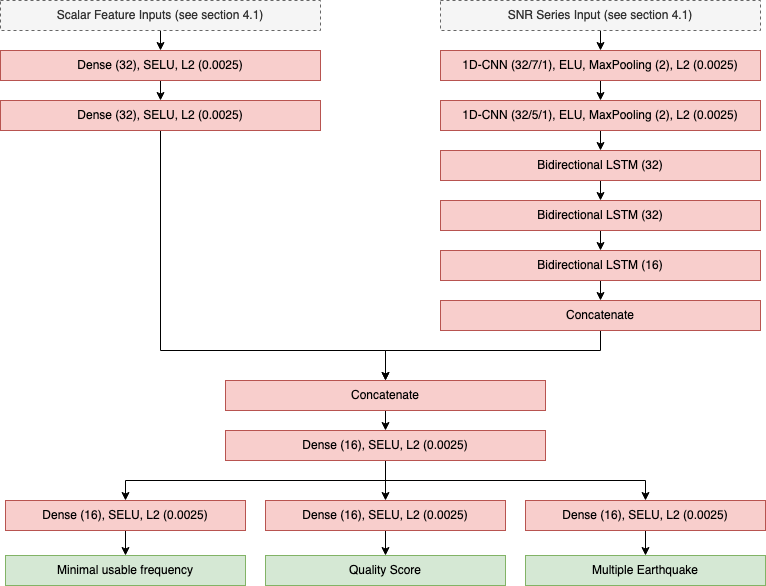 A deep-learning-based model for quality assessment of earthquake-induced ground-motion recordsMichael Dupuis, Claudio Schill, Robin Lee, and 1 more authorEarthquake spectra, 2023
A deep-learning-based model for quality assessment of earthquake-induced ground-motion recordsMichael Dupuis, Claudio Schill, Robin Lee, and 1 more authorEarthquake spectra, 2023High-quality earthquake ground-motion records are required for various applications in engineering and seismology; however, quality assessment of ground-motion records is time-consuming if done manually and poorly handled by automation with conventional mathematical functions. Machine learning is well suited to this problem, and a supervised deep-learning-based model was developed to estimate the quality of all types of ground-motion records through training on 1096 example records from earthquakes in New Zealand, which is an active tectonic environment with crustal and subduction earthquakes. The model estimates a quality and minimum usable frequency for each record component and can handle one-, two-, or three-component records. The estimations were found to match manually labeled test data well, and the model was able to accurately replicate manual quality classifications from other published studies based on the requirements of three different engineering applications. The component-level quality and minimum usable frequency estimations provide flexibility to assess record quality based on diverse requirements and make the model useful for a range of potential applications. We apply the model to enable automated record classification for 43,398 ground motions from GeoNet as part of the development of a new curated ground-motion database for New Zealand.
@article{dupuis2023deep, title = {A deep-learning-based model for quality assessment of earthquake-induced ground-motion records}, author = {Dupuis, Michael and Schill, Claudio and Lee, Robin and Bradley, Brendon}, journal = {Earthquake spectra}, volume = {39}, number = {4}, pages = {2492--2517}, year = {2023}, publisher = {SAGE Publications Sage UK: London, England}, } - Seismology
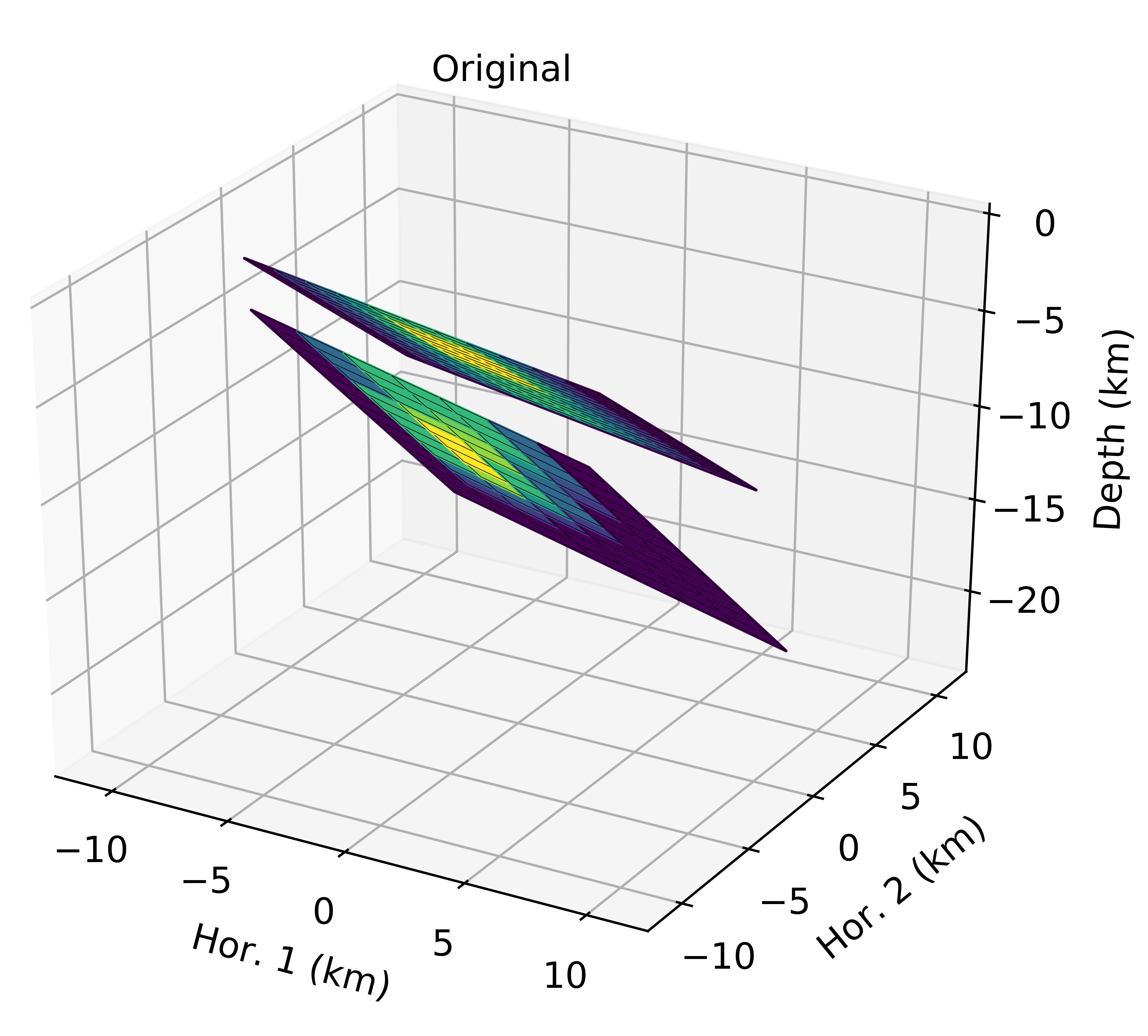 Subduction Megathrust Record Selection Assisted with a Deep-Learning-Based ModelMichael Dupuis, Claudio Schill, Mike Fairhurst, and 2 more authorsUSSD Annual Conference Proceedings, 2024Deep-learning model application for quality assessment of large-magnitude subduction earthquake ground-motion records
Subduction Megathrust Record Selection Assisted with a Deep-Learning-Based ModelMichael Dupuis, Claudio Schill, Mike Fairhurst, and 2 more authorsUSSD Annual Conference Proceedings, 2024Deep-learning model application for quality assessment of large-magnitude subduction earthquake ground-motion recordsHigh-quality large-magnitude subduction earthquake ground-motion records are needed as inputs for response history analysis of dams in regions adjacent to the Cascadia Subduction Zone. Quality assessment of candidate ground-motion records is time consuming if done manually and poorly handled by automation with conventional mathematical functions; therefore, a supervised deep-learning-based model was developed in a previous study to estimate the quality and minimum usable frequency of ground-motion records through training on 1,096 records from earthquakes in New Zealand, which is an active tectonic environment with crustal and subduction earthquakes. In that study, the model was found to perform well for small-to-moderate magnitude earthquake records from active shallow crustal, subduction slab, and subduction interface earthquakes; however, the model’s performance for large-magnitude earthquake records was not investigated. In this study, we evaluate the performance of the model for assessment of records from the 2010 M8.8 Maule and 2011 M9.1 Tohoku subduction interface earthquakes. We utilize high-quality processed subduction records and then superimpose various amplitudes of artificial background noise to degrade quality and then apply the model quality for quality classification. Eleven high-quality ground-motion records were selected based on the model results and then linearly scaled to a target spectral acceleration for a hypothetical site in British Columbia to produce a suite of large-magnitude subduction interface earthquake ground-motions suitable for structural response history analysis.
@article{dupuis2024subduction, title = {Subduction Megathrust Record Selection Assisted with a Deep-Learning-Based Model}, author = {Dupuis, Michael and Schill, Claudio and Fairhurst, Mike and Lee, Robin and Bradley, Brendon}, year = {2024}, journal = {USSD Annual Conference Proceedings}, note = {Deep-learning model application for quality assessment of large-magnitude subduction earthquake ground-motion records}, } - Modal Analysis
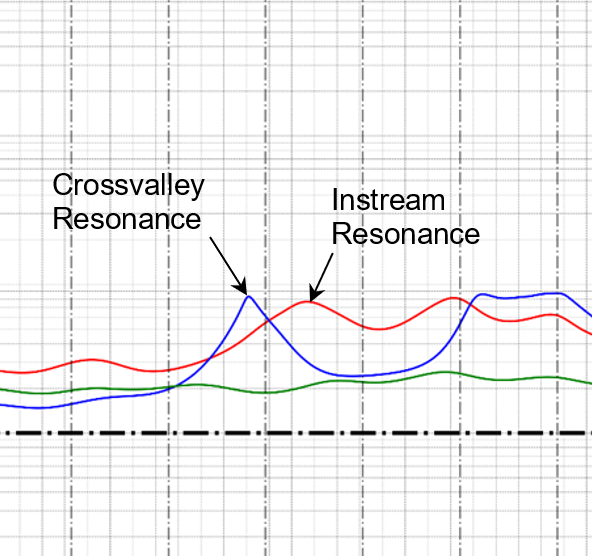 Ambient Vibrations for Model Validation of a Large Dam: Dynamic Structural BehaviorMichael Dupuis, Brian Martinez, Tom MacDougall, and 1 more authorUSSD Annual Conference Proceedings, 2025Analysis of dynamic structural behavior in a large dam using ambient vibration data, highlighting interaction complexities.
Ambient Vibrations for Model Validation of a Large Dam: Dynamic Structural BehaviorMichael Dupuis, Brian Martinez, Tom MacDougall, and 1 more authorUSSD Annual Conference Proceedings, 2025Analysis of dynamic structural behavior in a large dam using ambient vibration data, highlighting interaction complexities.Ambient vibration data acquired from 90 unique locations on a large dam were evaluated to investigate the dynamic behavior and system interactions of structural components. This data collection program was designed to validate the dynamic properties of an LS-DYNA model, which is being used to evaluate the dam’s response to earthquake ground motions. Results of the dynamic structural analysis will be used to inform an ongoing Issue Evaluation Study by the U.S. Army Corps of Engineers. Ambient vibration data were recorded over four days during normal operating conditions without forced excitation of the structure. Eleven recording instruments—four reference instruments and seven temporary instruments—were deployed for thirteen 40-minute-long test setups. These setups included locations along the right and left embankment roadways, within the three galleries (right retaining wall, lower gallery, and upper gallery), on various parts of all five spillway piers (trunnion anchor blocks, upper landing, and pier top), within the penstock hoist motor room, and at various elevations of the elevator tower. Ambient responses were evaluated based on their spectral content, and power spectral densities were used to identify where dominant behavior occurs in the dam and its components. Interaction effects were identified by comparing resonances within the dam that manifested as split resonances, indicating coupling between the components. A systems approach was used to describe the results for the entire dam and how the individual components interact. Estimates of damping showed the greatest damping in the portions of the concrete dam adjacent to the embankments and the lowest damping at the interior piers. The results indicate that the dam is a highly coupled complex system with significant interactions between various components, which are expected to influence the seismic response of the structure.
@article{dupuis2025ambient2, title = {Ambient Vibrations for Model Validation of a Large Dam: Dynamic Structural Behavior}, author = {Dupuis, Michael and Martinez, Brian and MacDougall, Tom and Corbett, Josh}, year = {2025}, journal = {USSD Annual Conference Proceedings}, note = {Analysis of dynamic structural behavior in a large dam using ambient vibration data, highlighting interaction complexities.}, } - Simulations
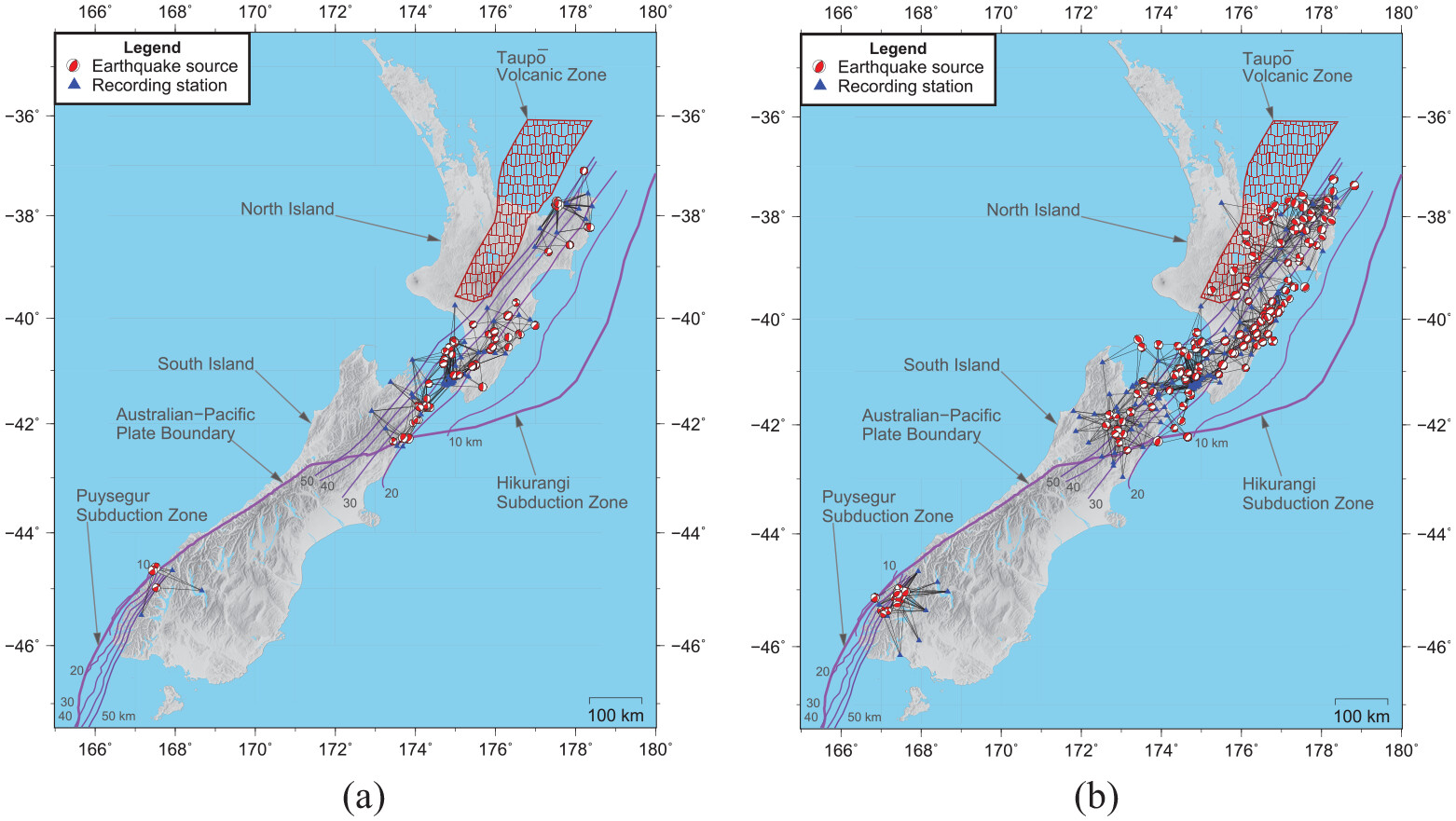 Hybrid broadband ground-motion simulation validation of small-magnitude subduction earthquakes in New ZealandMichael Dupuis, Robin Lee, and Brendon BradleyEarthquake spectra, 2025
Hybrid broadband ground-motion simulation validation of small-magnitude subduction earthquakes in New ZealandMichael Dupuis, Robin Lee, and Brendon BradleyEarthquake spectra, 2025Physics-based simulation of subduction earthquake ground motions remains less comprehensively validated than for shallow crustal earthquakes, despite subduction events contributing significantly to global seismic hazard. In this study, subduction-specific simulation models were developed and validated for small-magnitude (Mw3.5–5) interface and slab earthquakes using hybrid broadband ground-motion simulation. Simulation models were constrained by (1) global empirical ground-motion models, (2) a global database of finite-fault rupture models, and (3) global ground-motion simulation studies. The simulation models include subduction source-specific representations for stress parameter and rupture velocity, with a significant depth dependence of the stress parameter for slab earthquakes. Volcanic backarc effects on anelastic path attenuation are also included through path attenuation-based scaling of the rock quality factors in the simulations. The simulations leverage models for site and basin effects which have been validated using crustal earthquakes, for which there are many recorded ground motions, and the subduction-specific model modification mainly affect the high-frequency component of the ground-motion simulations above 1Hz. Simulation predictions were validated against a compiled dataset of observed subduction earthquake ground-motion records in New Zealand. The subduction-specific modifications significantly improve predictive performance compared to the use of simulation parameter values for active shallow crustal earthquakes and provide comparable accuracy to prior simulations for crustal earthquakes in New Zealand. Despite these promising results, further studies are needed to address prediction residuals at low frequencies (f ≤ 1 Hz), as well as extending validation to larger magnitude earthquakes.
@article{dupuis2025hybrid, title = {Hybrid broadband ground-motion simulation validation of small-magnitude subduction earthquakes in New Zealand}, author = {Dupuis, Michael and Lee, Robin and Bradley, Brendon}, journal = {Earthquake spectra}, volume = {41}, number = {4}, pages = {xxxx--xxxx}, year = {2025}, publisher = {SAGE Publications Sage UK: London, England}, } - Machine Learning
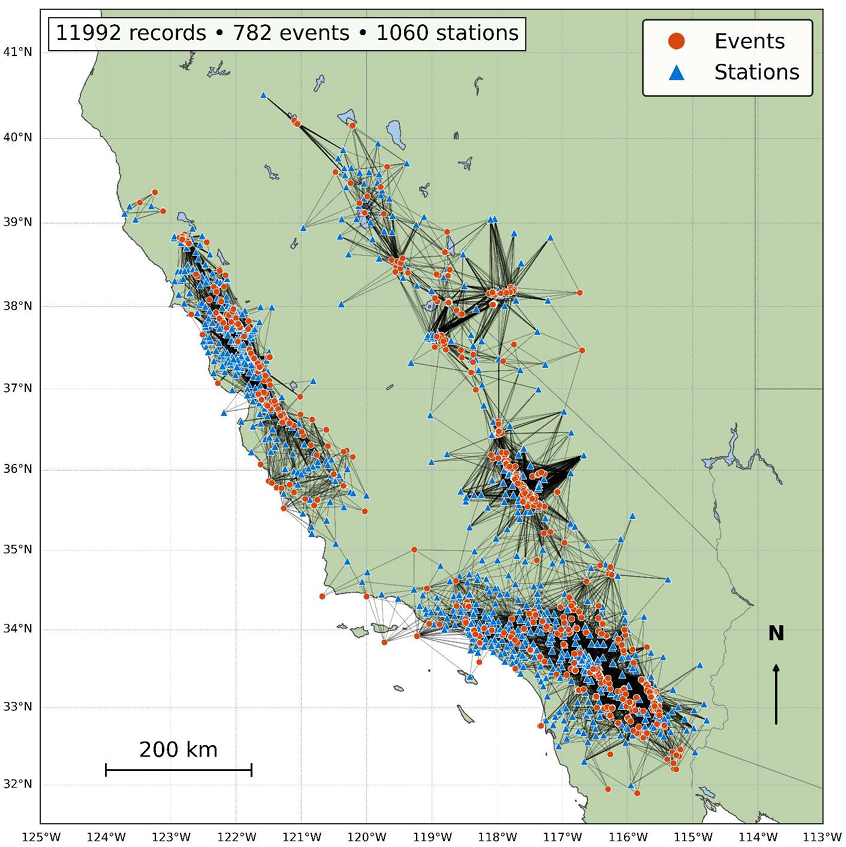 Application of Machine Learning for Identification of Hidden Rock Sites using Earthquake RecordsMichael DupuisGeo-Congress, 2026Comprehensive ambient vibration testing conducted across a large dam to support issue evaluation study and structural performance assessment.
Application of Machine Learning for Identification of Hidden Rock Sites using Earthquake RecordsMichael DupuisGeo-Congress, 2026Comprehensive ambient vibration testing conducted across a large dam to support issue evaluation study and structural performance assessment.Earthquake ground motions recorded at rock sites can be used to reduce seismic hazard uncertainty for dams and other critical infrastructure on rock; however, few ground motion records exist from known rock sites because most seismic stations are on soil or lack measured shear wave velocities. In this study, a dataset of California ground motions is examined to identify additional instrumented “Very Dense Soil” and “Soft Rock” sites which may actually be “Rock”. This approach offers a cost- and time-efficient alternative to installing new seismic stations. To identify possible rock sites, partially-crossed linear mixed-effects regression is used to compute site residuals from empirical ground-motion model predictions and recorded ground motions. Based on these site residuals and other site characteristics, machine learning is then applied to estimate shear wave velocities at sites without measured velocities. Using these estimated shear wave velocities, a ranked list of candidate rock sites is developed. Geophysical testing is proposed at a selection of these sites to verify the high estimated shear wave velocities, with a focus on sites with many recorded ground motions, as an efficient means to expand the catalogue of rock ground motions.
@article{dupuis2026application, title = {Application of Machine Learning for Identification of Hidden Rock Sites using Earthquake Records}, author = {Dupuis, Michael}, year = {2026}, journal = {Geo-Congress}, note = {Comprehensive ambient vibration testing conducted across a large dam to support issue evaluation study and structural performance assessment.}, }